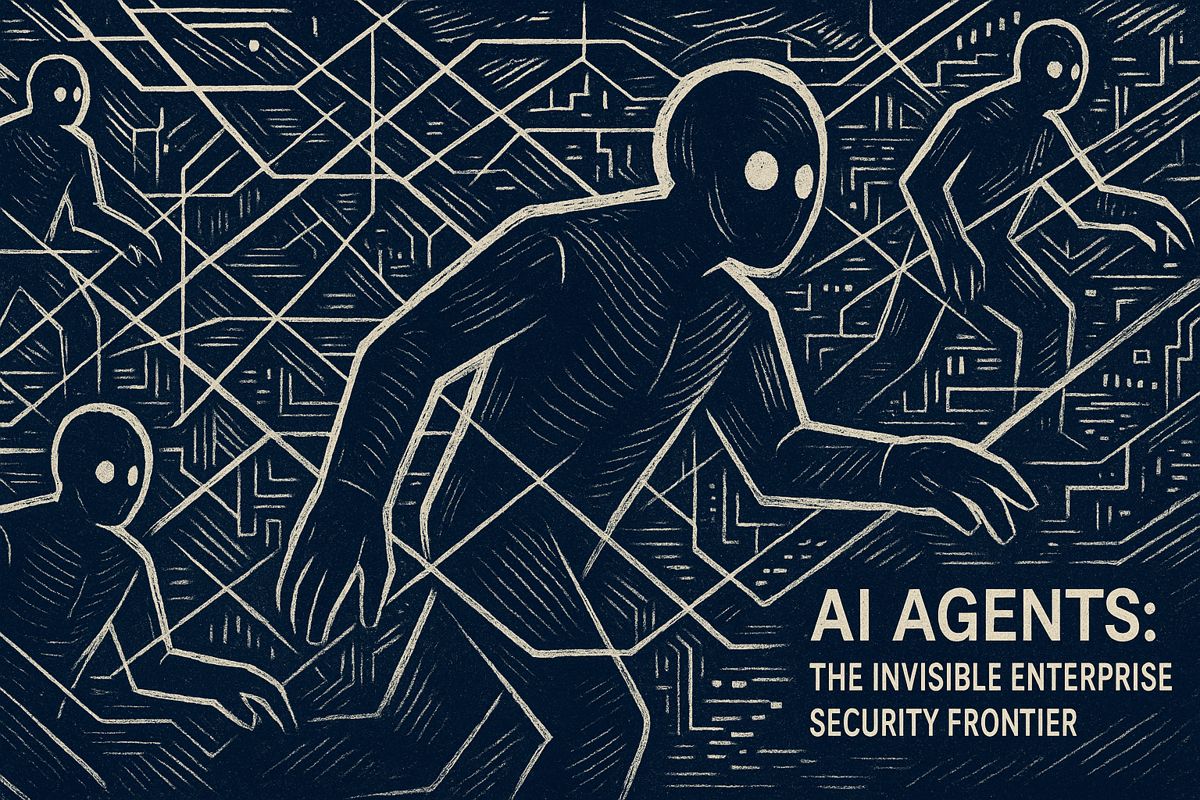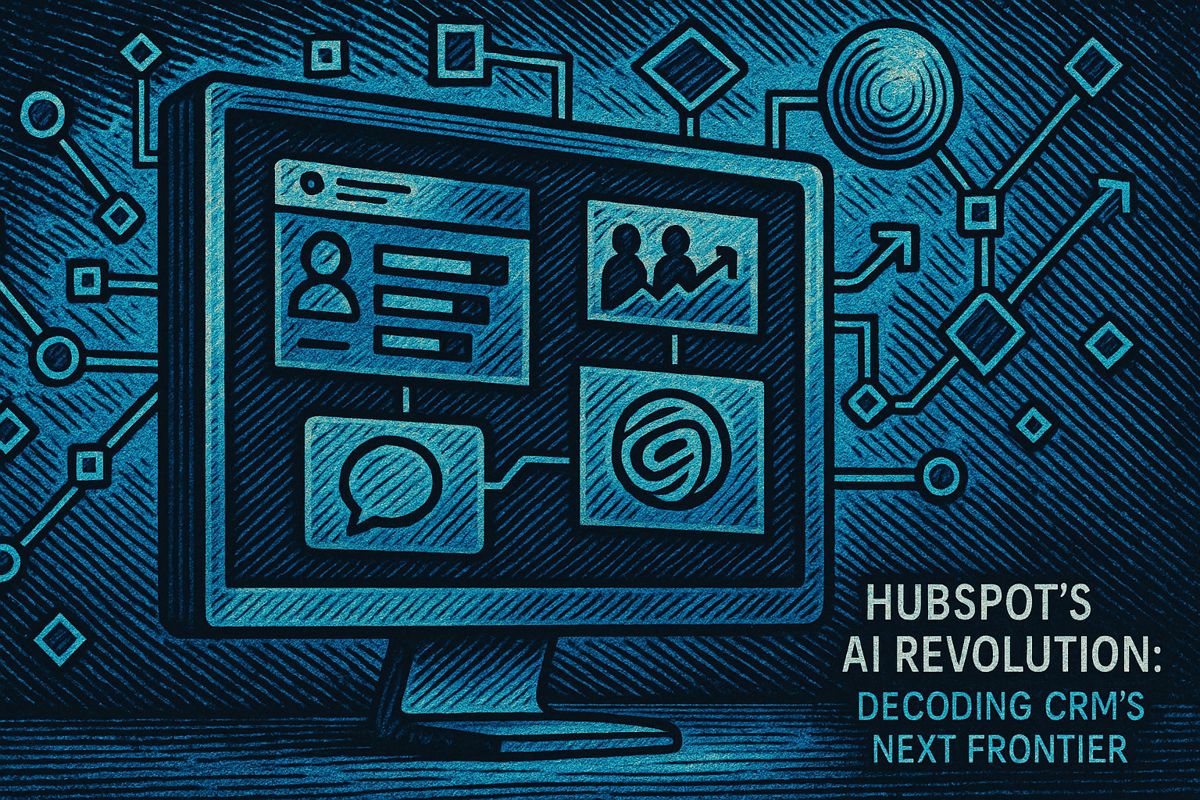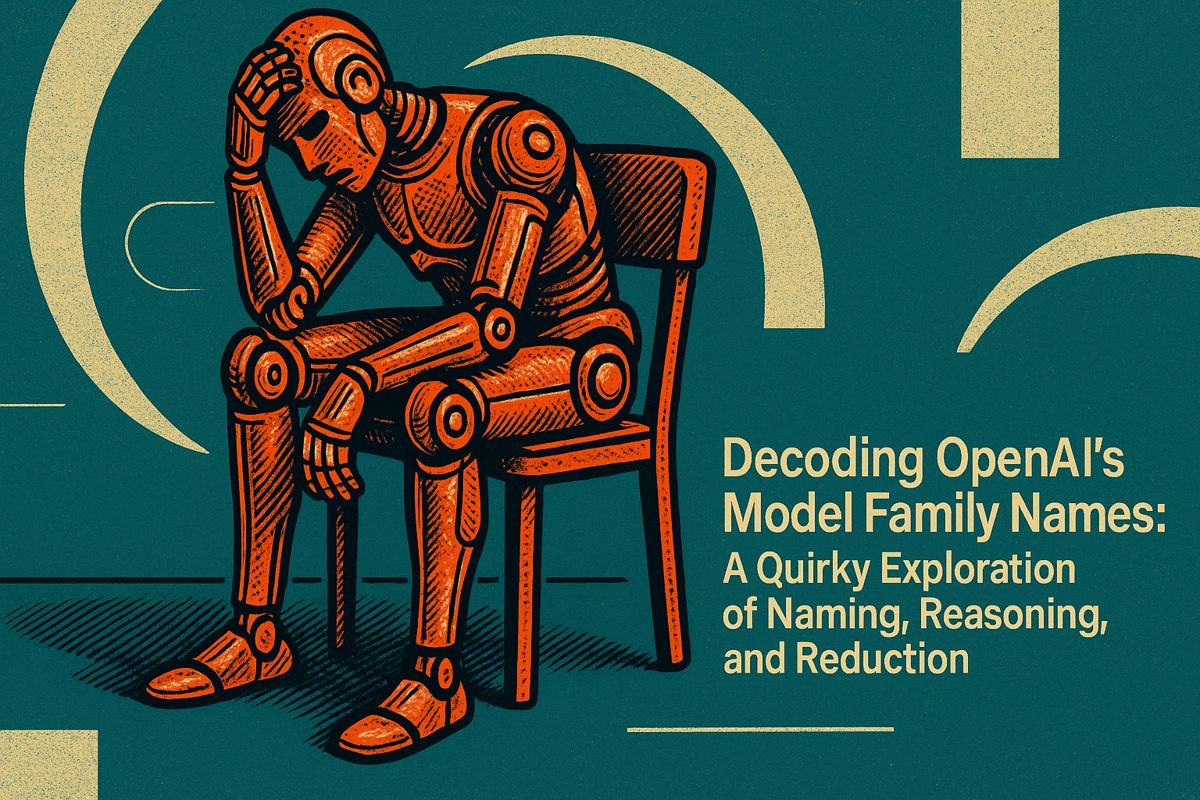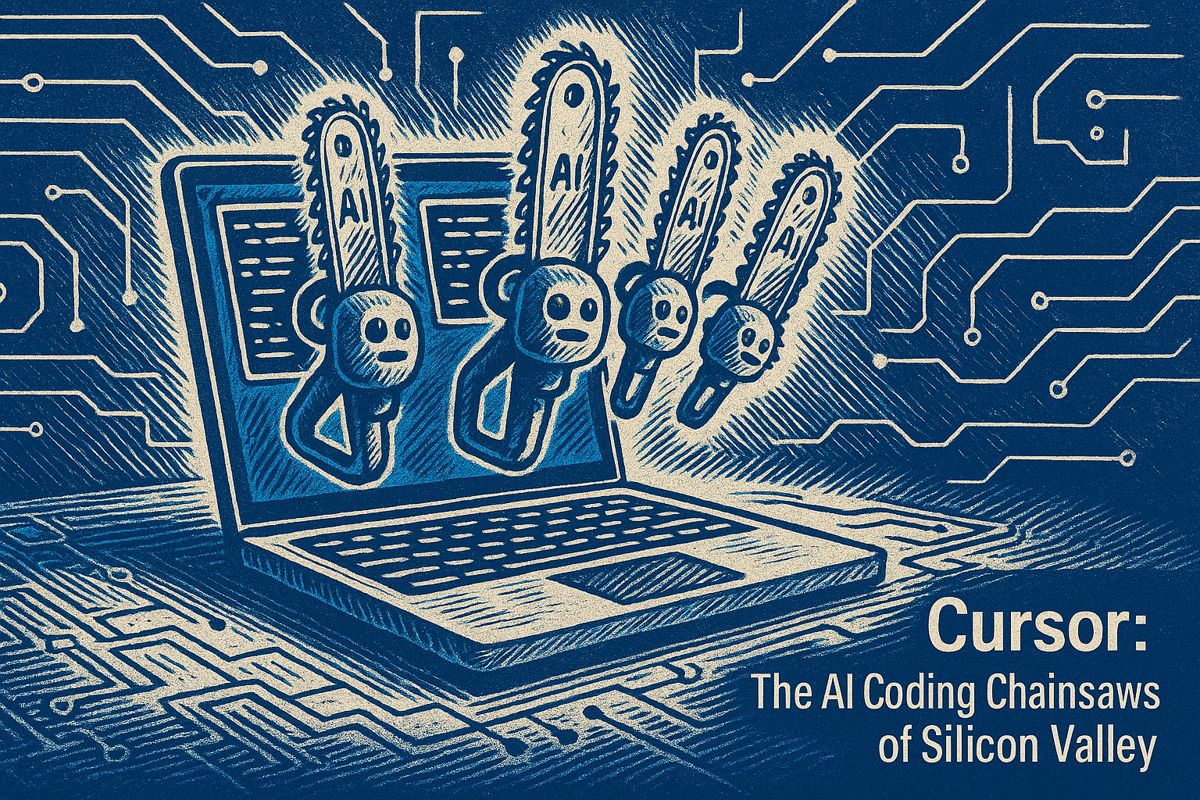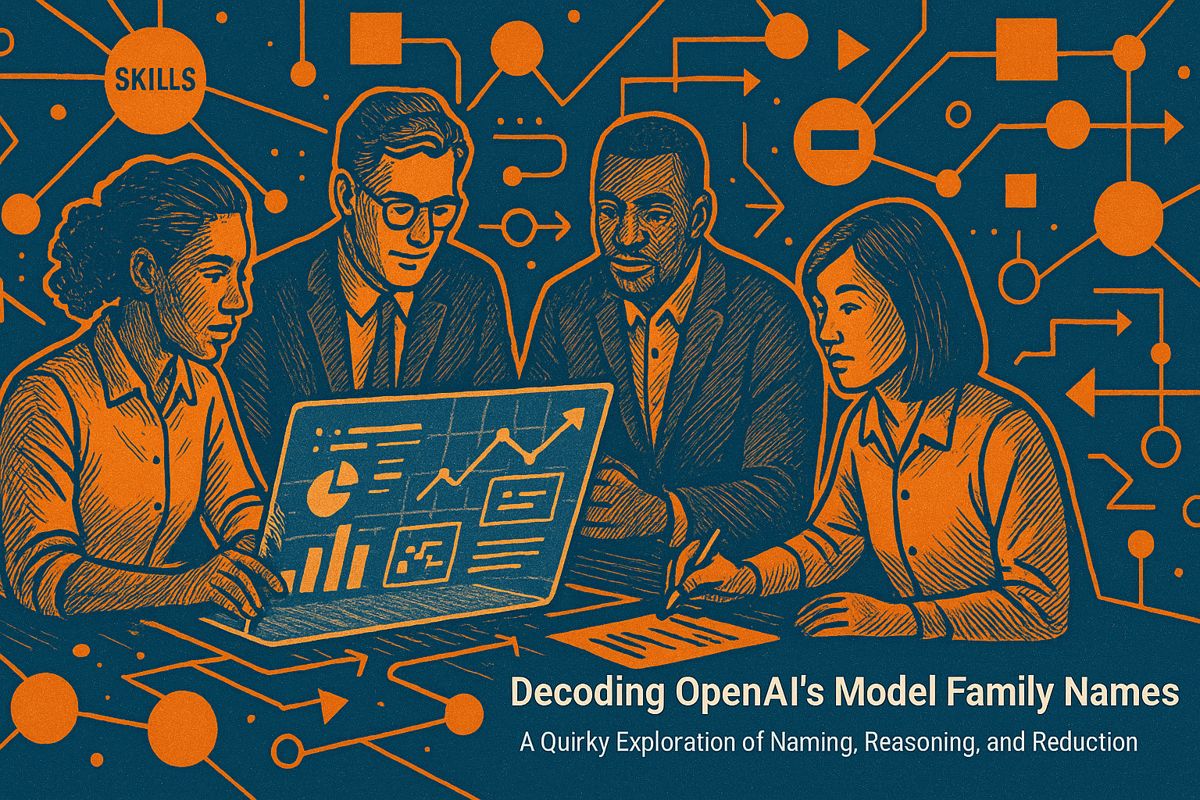Here’s the text with the most important phrase emphasized in markdown bold:
AI agents are rapidly becoming a critical security challenge for enterprises, with 96% of tech professionals viewing them as a growing risk. Despite 82% of organizations using these agents, less than 44% have implemented specific security policies, leaving significant vulnerabilities in corporate networks. These autonomous digital helpers can self-modify, learn, and access data with minimal oversight, creating potential breaches and compliance nightmares. Experts recommend treating AI agents like employees by giving them unique identities, minimal access, and continuous monitoring to mitigate risks. As AI agents continue to multiply and integrate into business operations, proactive governance and security frameworks are becoming essential to protect sensitive information and prevent potential data leaks.
Are AI Agents Becoming a Major Security Risk for Enterprises?
AI agents are now a significant security blind spot, with 96% of tech professionals viewing them as a growing risk. Despite 82% of organizations using AI agents, less than 44% have specific security policies in place, creating potential vulnerabilities in enterprise networks.
The New Face of the Security Blind Spot
A headline last Tuesday nearly made me launch my coffee into orbit: “AI agents are now the biggest security blind spot in the enterprise.” (There’s an image for you—coffee arcing in slow motion, the bitter aroma mingling with disbelief.) Just a handful of years back, “agents” meant over-eager VPN sales reps or, at most, a few Python scripts wheezing through nightly tasks. Now, AI agents slip into the fabric of the enterprise like phantoms: helpful, unmonitored, quietly ambitious.
Back then, the worst a rogue script could do was rename a folder or trigger an accidental printout at 3 a.m. Today, we’re in a different league. The latest SailPoint research brought an old anxiety slithering back—a prickly, déjà vu urge to double-check every log file. Has it really changed so quickly, or is my memory playing tricks?
I recall a project manager—let’s call her Jane—who couldn’t resist automation. She adored her bots. But one evening, a workflow tweaked by an unnoticed helper script spilled confidential project data into the wild. Panic flashed in her emails. Audit logs became her bedtime reading. The sting of that moment lingers, a sharp lesson: efficiency without supervision is a loaded mousetrap.
SailPoint Stats: The Numbers Tell the Story
Let’s talk brass tacks – SailPoint’s report reads like a roster of close shaves and near misses. Did you know 82% of organizations currently employ AI agents in some capacity? Yet less than half—44%—have security policies built for these agents. My eyebrows nearly leapt off my forehead at that one.
A whopping 96% of tech professionals say AI agents are becoming a growing risk. And the adoption wave isn’t cresting anytime soon: 98% of organizations plan to increase their AI agent footprint in the coming year. What’s more, 23% have already witnessed AI agents being fooled into leaking credentials—sort of like giving your dog the house keys and hoping it won’t dig up the garden. Is anyone else getting chills?
The business impact isn’t just a theoretical worry. Over 70% of IT leaders admit employees have more access than they need, a problem now mirrored by AI agents with overbroad privileges. Organizations that have invested in comprehensive identity security (for both humans and machines) see 83% fewer incidents and respond 40% faster. Those are hard numbers, not just marketing haze. Gartner’s crystal ball says by 2028, one-third of enterprise apps will include agentic AI—right now, it’s less than 1%. That forecast feels like watching a distant thunderstorm roll closer, lightning flickering at the horizon.
Why AI Agents Are a Security Puzzle
What makes these silicon helpers such a unique headache? Autonomy, for one. Unlike yesterday’s bash scripts, AI agents self-modify and learn, tugging at permission boundaries like raccoons at a trash can. They move through data stores and file shares with greedy, invisible fingers. Would you give your summer intern the master password? Yet for the sake of operational speed, AI agents often end up with all-access passes.
Traditional firewalls and credential management tools crumple under the pressure. AI agents don’t clock in, don’t forget commands, and sometimes spin up sub-agents without so much as a courtesy Slack notification. It’s a kaleidoscopic headache, one that smells faintly of burnt coffee and cold server rooms—a scent I can almost taste.
The fallout is real: audit failures, compliance nightmares, insurance premiums ticking upward (14% in three years for most companies, says SailPoint), and the specter of data breaches. And, let’s face it, the embarrassment when your clever tech turns out to be a little too clever.
Governance: Not Just a Dashboard, But a Lifeline
Here’s the upside: the right governance frameworks actually bite back. SailPoint’s Identity Graph is one such tool, overlaying every identity from Jane in HR to the AI assistant quietly handling invoices. Then there’s Harbor Pilot, an AI-powered sidekick built to corral machine identities. And the Atlas platform? It unites human and machine identity management in one interface, a bit like a conductor orchestrating a discordant orchestra.
SailPoint’s playbook is crisp. Treat AI agents like employees—give them unique identities, minimal access, and clear accountability. Continuous monitoring is crucial, since AI never takes a holiday. Leverage AI itself to sniff out suspicious behavior in real time. And, please, shred those generic governance policies; specificity is your best shield.
If I’m honest, I once doubted these frameworks would make a dent. But after seeing an 83% reduction in incidents at companies that implemented them, I’m convinced. There’s relief in knowing that vigilance pays off, even if the path there included a few too many sleepless nights.
The Future is Already Here
So here we stand: AI agents multiplying, business leaders rushing to embrace them, and security teams scrambling to keep up. It’s not science fiction anymore. These agents are lurking in your enterprise already, learning, watching, waiting for their next task.
Will we look back on this era with a shudder or a smirk? I can’t say for sure. But one thing’s clear: the time to bolt the digital vault is now—before those invisible hands reach further than we ever intended.
Surreal, isn’t it?
Dan

